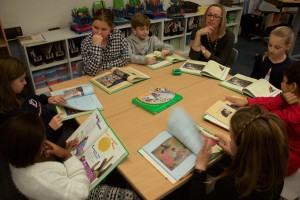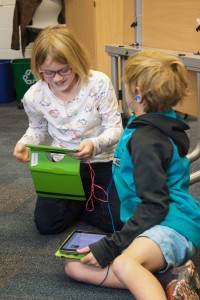By Smarty Guest Blogger Dr. Pam Long, third grade teacher at Providence Day School
What do you think of when you hear the word “classroom?” If your mind is like mine, you envision desks in neat rows, chalkboards, cleaning erasers after school, and so many other fond memories. However, research shows the 21st century learner needs flexible space that allows for collaboration, creativity, and innovation. Loris Malaguzzi, a thought leader in early education, has said “There are three teachers of children: adults, other children, and their physical environment.”
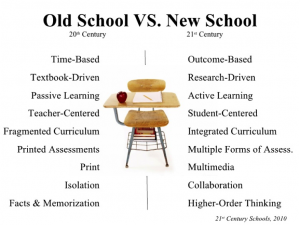
You may be asking yourself, what does this classroom look like? If you are curious you could walk into a third grade classroom at Providence Day School and see the 21st century classroom in action, so imagine a space with:
– Teachers at standing desks with wheels so they can easily be moved around the room.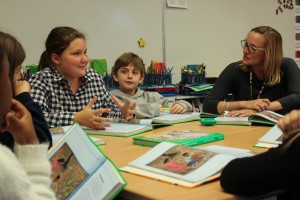
– Furniture on lockable wheels so the classroom design can easily be moved and new classroom arrangements can be created in minutes.
– Tables that flip sideways and nest in a corner so students can practice their mindfulness and meditate.
– The freedom of movement where students can use low height bookcases that serve as resting spots to either stand or sit and work.
– Cushioned benches for students to curl up on and enjoy a great book. (Unbeknownst to them they are sitting on top of filing cabinets!)
– Calming paint colors on the walls.
– Decluttered walls that are void of posters that act as a distraction.
– The ability to move tables together to create large work spaces for group work.
– Ergonomic chairs for students and teachers.
A lot of times we think of these flexible 21st century classrooms as spaces for older high school and college students. However, younger students at Providence Day are proving that they thrive in such a space. I asked several third graders why they love their new flexible space and here are a few responses:
– “I love how we can change the tables and the arrangement of the room!”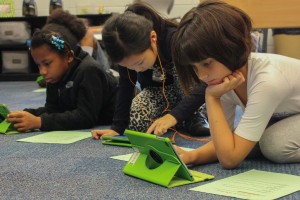
– We have SO much more space! It makes it easier to walk around the room to the different places we can work.”
– If we don’t have room to put something at our table, we can put it somewhere else because we have a ton of storage.”
– “Having a bookcase we can sit on and work, or a place to lay down is super cool!”
You may think that all this sounds pretty awesome and intriguing, but why would schools want to invest in the 21st century classroom? Speaking as a teacher who works in this type of space, I can tell you firsthand what the benefits are:
– Students can collaborate and easily work in small groups to think “deeply” about concepts. It should be noted that a social curriculum that develops a positive classroom community with a shared purposed, teaches conflict resolution, and creates empathetic learners.
– Elementary students enjoy socializing and working in groups. Research has found that starting in third grade, students need small and large group spaces to promote communication so students can socialize and share their ideas.
– Teachers celebrate and encourage creativity from their students.
– A 21st century classroom is a space that promotes design thinking and critical thinking skills.
Henry Ford said, “Coming together is a beginning, staying together is progress, and working together is success. Failure is simply the opportunity to begin again, this time more intelligently.” The flexible classroom provides the environment for this type of student-teacher and student-peer engagement.
Schools and teachers are starting to see the importance of creating 21st century classrooms, and you may want your child to have the opportunity to learn in such an innovative space. How you can create a 21st century space at home that will engage your child with their school work? Start with reading the book The Third Teacher: 79 Ways You Can Use Design to Transform Teaching & Learning written by OWP/P Cannon Design. You can also gather great ideas on Pinterest, and IKEA has great furniture like standing desks.
The 21st century learner is your child and their classrooms are morphing into spaces that foster innovation, imagination, creativity, and critical thinking skills. Definitely not the classrooms you and I probably remember!
I think John Dewey said it best: “If we teach today’s students, as we taught yesterday’s, we rob them of tomorrow.”
![]()
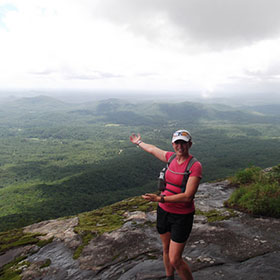 Dr. Pam Long is a third grade teacher at Providence Day School. She received her B.S. and M.Ed. from Penn State University, and her Ph.D. from UNC Charlotte in Curriculum and Instruction: Urban Elementary education. Dr. Long is an avid trail runner, and brings those experiences into the classroom by teaching her students to be resilient, show perseverance, and stay true to themselves.
Dr. Pam Long is a third grade teacher at Providence Day School. She received her B.S. and M.Ed. from Penn State University, and her Ph.D. from UNC Charlotte in Curriculum and Instruction: Urban Elementary education. Dr. Long is an avid trail runner, and brings those experiences into the classroom by teaching her students to be resilient, show perseverance, and stay true to themselves.
![]()
Providence Day School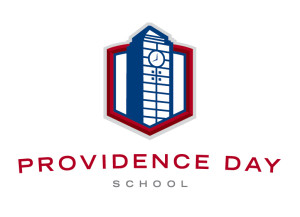
5800 Sardis Road
Charlotte, NC 28270
(704) 887-6000
website
facebook
twitter: @ProvidenceDay

